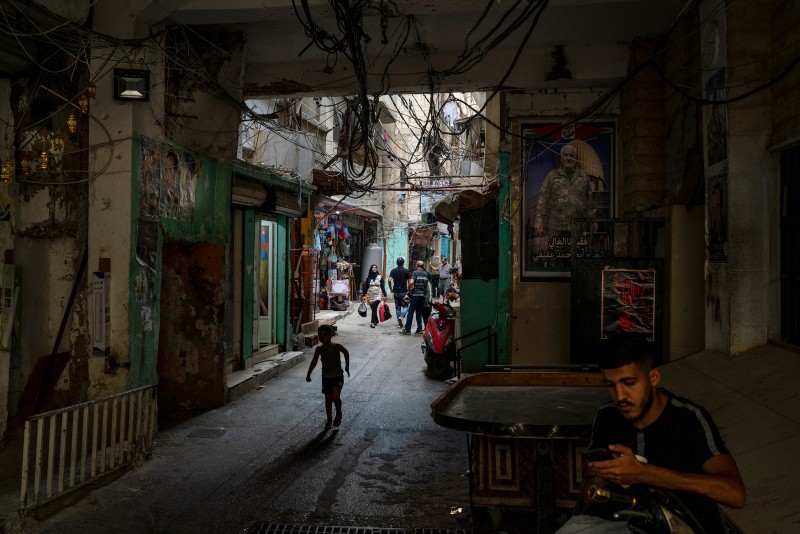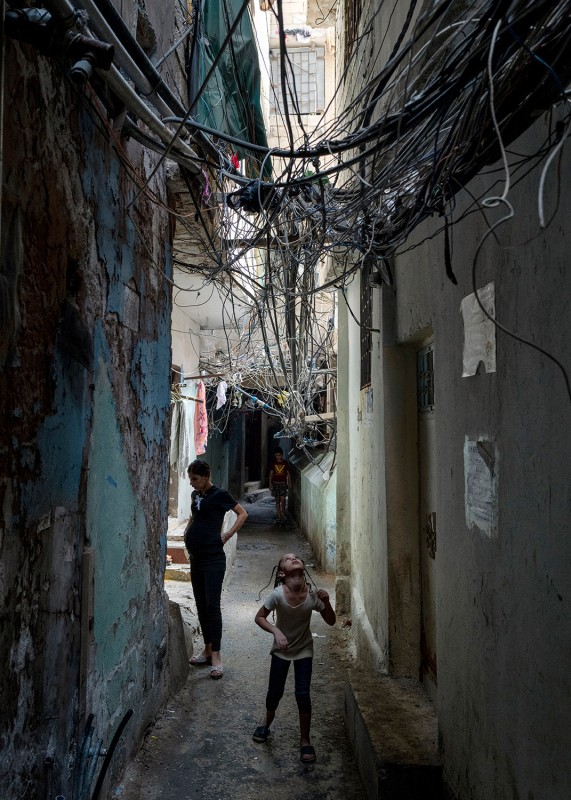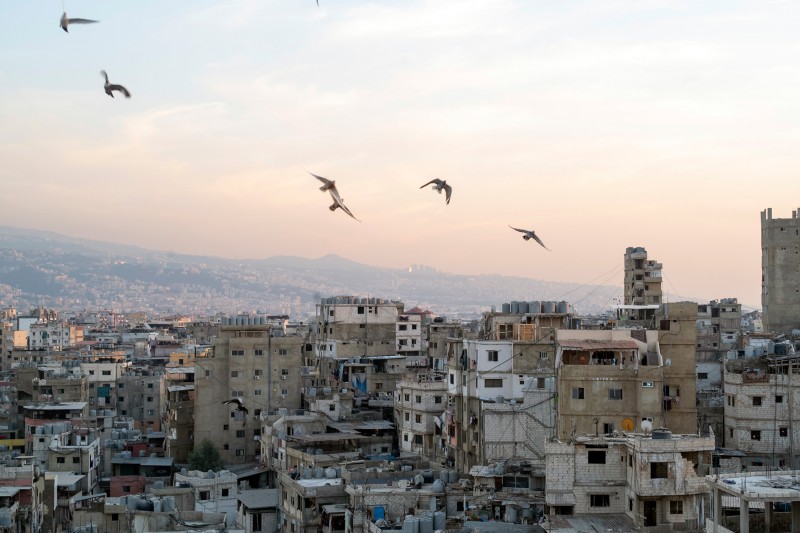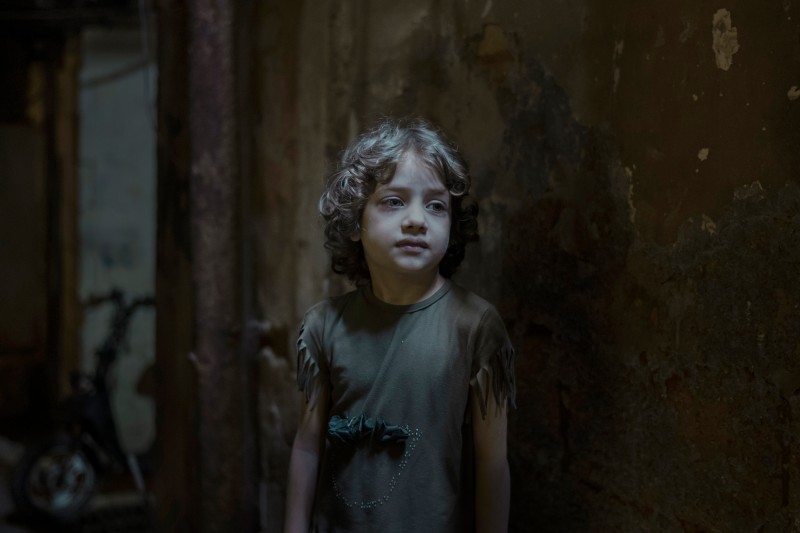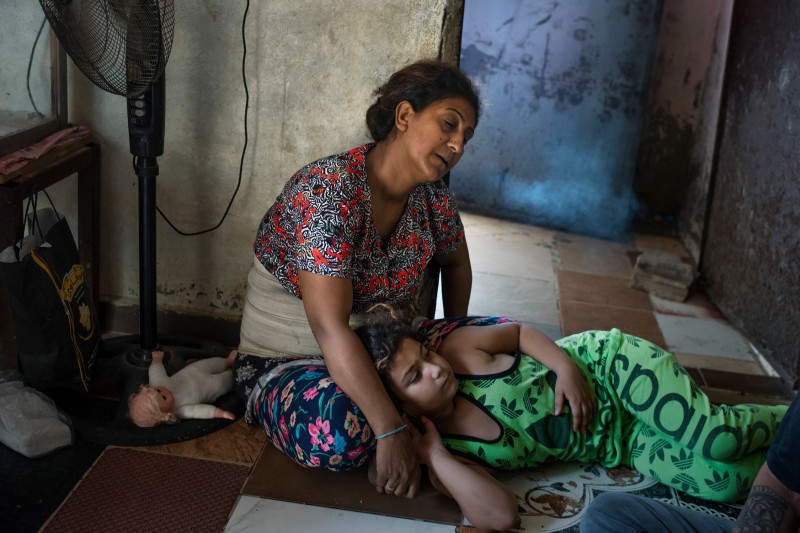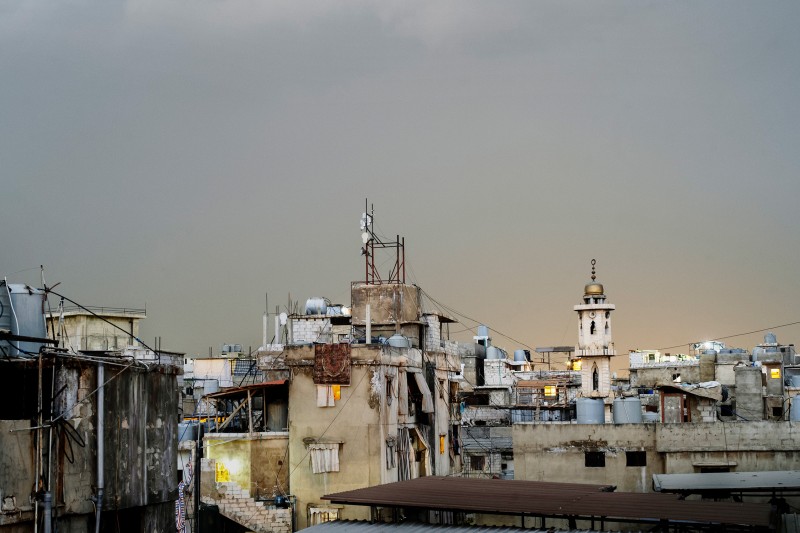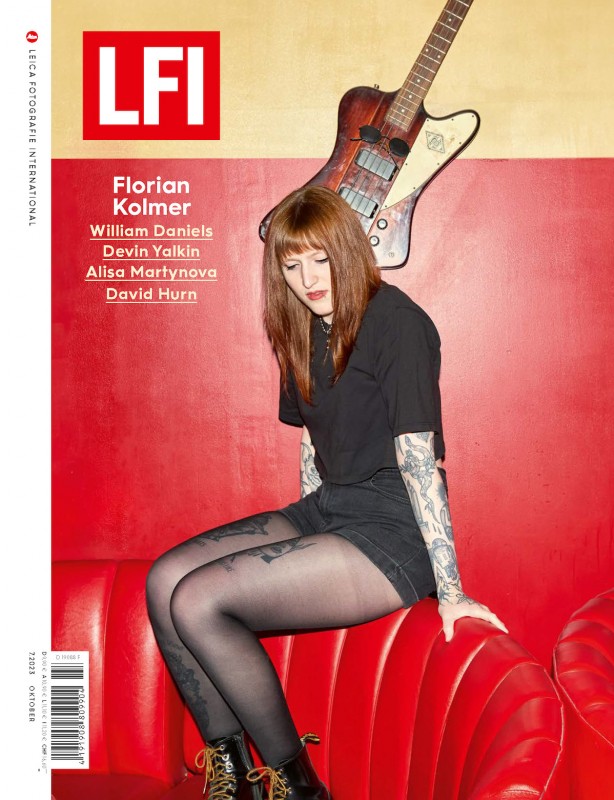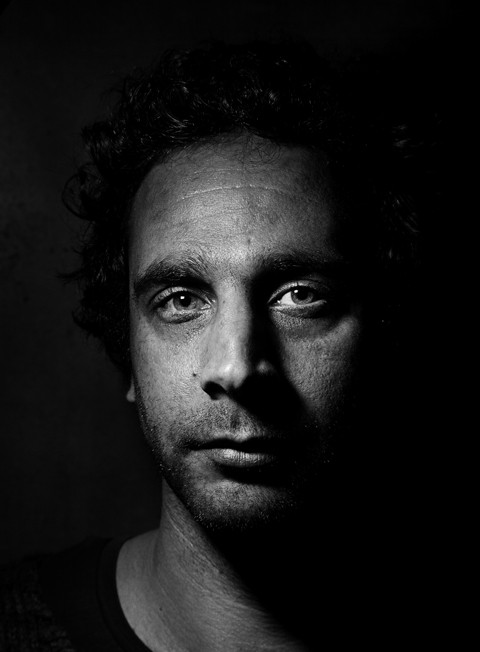Statelessness: Lebanon
Statelessness: Lebanon
William Daniels
October 20, 2023
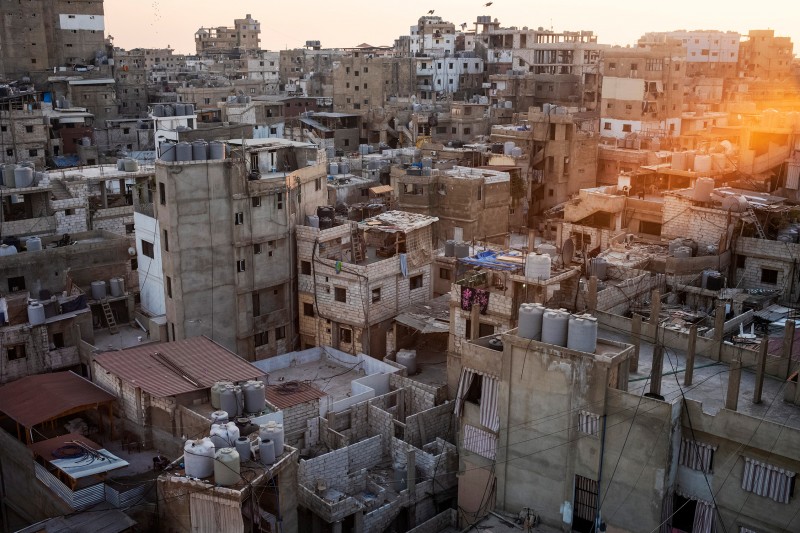
LFI: 40,000 people living in a space that was originally planned for 10,000 people. How did you perceive the atmosphere there? What is everyday life in the community like?
William Daniels: The housing conditions in the camp are dire. Despite the interdiction to bring construction materials into the camp, the unstoppable growth could only be vertical. Every day, new shelters are being erected on top of existing ones without proper foundations. 800 homes are severely damaged and need to be renovated; some are about to collapse. Because of the chaotic electricity and water network, incidents are frequent. Some streets are so narrow, neighbours opposite each other can’t open their windows at the same time. The richest people can enjoy the sun from the rooftops, where men breed pigeons and fly them at dusk; the poorest live on the ground floors, in humid rooms, with no windows and low access to light.
How long did you stay there for the project, and how did your photographic work in the area turn out?
I spent about five days in total in Burj al-Brajneh, as I was also investigating other communities affected by statelessness. As often is the case, the success of our work depends on the fixer we work with. I was lucky to meet Barrah, a Syrian refugee who had some good connections in the camps. It is very important, as the people can be quite suspicious towards a foreigner with cameras; there are militia fighters and drug dealers who could react very badly if they saw me taking pictures. In such situations, I praise the discretion of my Leica M, which I can hide in a very common backpack. Once inside a private home, however, everyone is very welcoming and even grateful to me for reporting on their lives.
How do you see the future for the refugees living there, and what could be done to improve the situation?
It is difficult to be optimistic. The current economic crisis in Lebanon is making things even worse. 49% of Palestinian refugees are less than 25 years old, and more than half of them are unemployed. Many look at emigration as the only option remaining for them. The UNWRA, The UN branch in charge of administrating the camps in Lebanon, is facing a major lack of funding. I think the only solution to make things better is to help young Palestinians gain access to the Lebanese labour market, but the authorities still fear that integrating Palestinians would disrupt the country’s delicate sectarian equilibrium. There are over 39 professions they are barred from working in: professions such as medicine, law and engineering.
LFI 7.2023+-
Find out more about William Daniels’ Statelessness project in LFI magazine 7.2023. More
William Daniels+-
William Daniels is a Paris-based documentary photographer. In his first reportage in 2004, he documented the lives of street children in the Philippines. Since then, he has published numerous reportages in, among others, TIME Magazine, National Geographic, The New York Times and Polka Magazine. He has received the World Press Photo Award, as well as the Visa d’or Award and the 2014 Getty Grant. Daniels is represented by the Panos Pictures Agency. More

